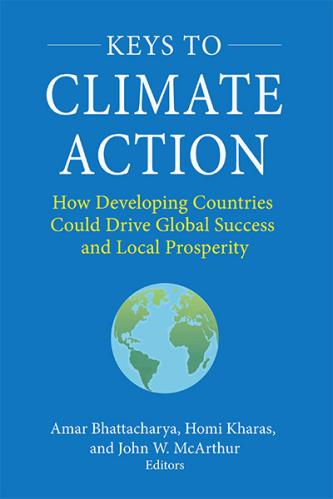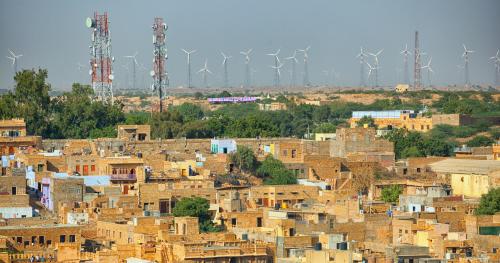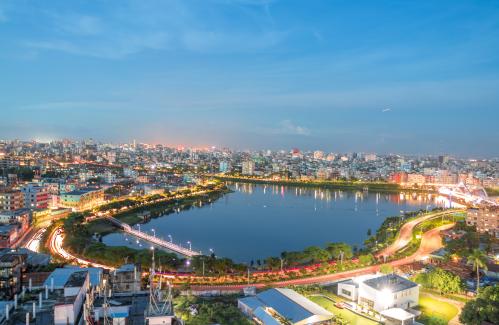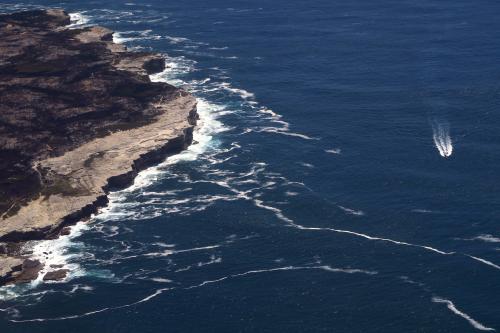This chapter was published in the edited volume “Keys to Climate Action: How Developing Countries Could Drive Global Success and Local Prosperity.”
In this working paper, Ahmed focuses on the V20, a group of finance ministers representing 58 climate-vulnerable countries, home to 1.4 billion people. She documents the massive wealth destruction from climate losses incurred over the last two decades—around $525 billion or 20 percent of total potential. Ahmed highlights a key initiative of the V20 – Climate Prosperity Plans (CPPs) designed to integrate measures that counteract climate risks and leverage transition opportunities. CPPs catalyze and accelerate the realization of green transition outcomes as a co-benefit of what is ultimately a more effective development strategy compared to business as usual, including narrow, one-size-fits-all climate strategies. The V20 case highlights major gaps in the international financial architecture: from making debt work for the most vulnerable to overcoming capital hurdles to investment to facilitating global exchanges via carbon finance, fully integrating climate risks, climate action prioritization of development finance institutions (DFIs), and establishing pre-arranged and trigger-based funding responsive to loss and damage settings. Special mechanisms are likewise urgently needed to maximize renewable energy wealth and resilience while reducing new sources of financial vulnerability from volatility and increasing fossil fuel-induced severity of climate change-fueled events that result in the mounting cost of capital and spiraling debt levels in many V20 countries. Ahmed explains in the working paper why many renewable energy, adaptation, and resilience initiatives only become bankable when the cost of capital is reasonable. Mechanisms to bring down this cost are thus vital to securing durable pathways to climate prosperity.
Interview with the author
What is one main message from your chapter?
To achieve truly enduring and transformational outcomes, the Paris Agreement must go far beyond COP negotiations and bring about rapid changes in the real economy. This is why it is critical to advance and realize vulnerable country initiatives such as Climate Prosperity Plans with multilateral reforms over the next two to three years.
What presents the biggest opportunity?
Accelerate reform of the international financial architecture in 2023 in order to course correct and finally deliver durable gains for economies that face extreme vulnerability as well as to shift financial flows toward the 1.5°C safety limit of Paris.
What serves as the biggest challenge?
The question bears repeating – can fiscal space be assessed properly without including physical risk, transition risk and spillover transition risks? Fossil fuels are sources of financial liability and the way they continue to generate new dimensions of financial vulnerability.
What gives you the most hope?
While vulnerable countries are still often left out of global strategies to avert climate breakdown, more and more are now grasping the tremendous global impact potential of new vulnerable country-driven partnerships and economic cooperation where inclusive, sustainable development goals drive positive climate action between advanced economies and the most climate vulnerable.
The Brookings Institution is committed to quality, independence, and impact.
We are supported by a diverse array of funders. In line with our values and policies, each Brookings publication represents the sole views of its author(s).








